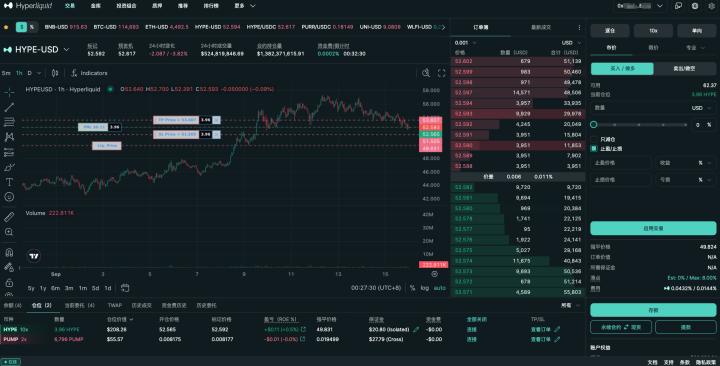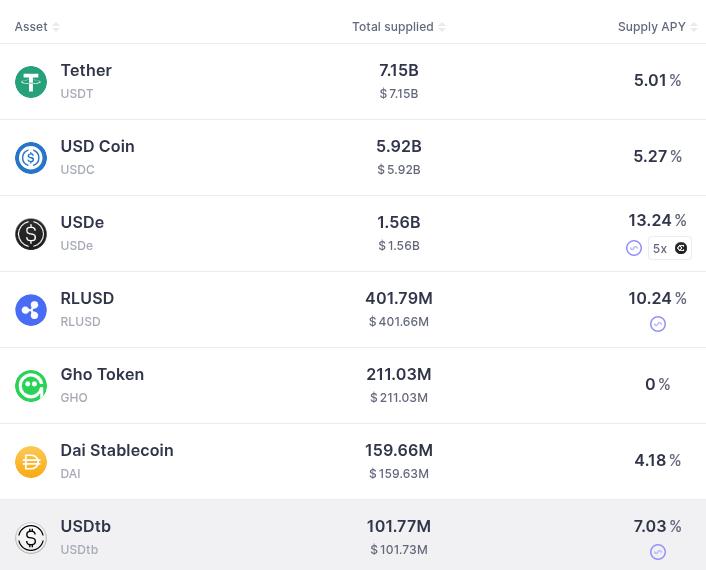
JPMorgan Chase stated that Circle's stablecoin, USDC, is facing strong competition from Tether, Hyperliquid, and fintech companies like Robinhood and Revolut. Analysts believe that with the implementation of new US stablecoin legislation, while the market continues to expand, without significant growth in the overall cryptocurrency market capitalization, the "stablecoin war" could become a zero-sum game.
Tether launches USA₮, targeting the US compliance market
JPMorgan Chase reportedly noted that Tether's planned new stablecoin, USA₮, will be different from the existing USDT and will be designed to fully comply with the GENIUS Act, the US stablecoin law. In contrast, USDT's reserves and compliance practices are only approximately 80% compliant with the GENIUS Act's standards.
Moreover, USA₮’s reserves will be issued by Anchorage Digital Bank, and Cantor Fitzgerald will be responsible for reserve custody, which will help enhance the trust of large institutions and reduce dependence on general commercial banks.
Tether intends to manage this reserve fund itself, avoiding the financial risks faced by Circle in 2023 following the collapse of a Silicon Valley bank, while also reducing operating costs. More importantly, the company can absorb all interest income generated by the USA₮ reserve, generating more interest income for the company and boosting overall profits.
(Tether launches US-regulated stablecoin "USAT" and appoints Bo Hines as CEO)
To reduce its reliance on USDC, Hyperliquid launched USDH to grab market share.
JPMorgan Chase stated that Hyperliquid, a decentralized perpetual swap exchange, is also preparing to issue its own stablecoin, USDH, to gradually transition away from its reliance on USDC. DeFiLlama shows that approximately $5.989 billion of USDC is held on Hyperliquid, representing 8.09% of the total USDC issuance.
It has also become the third largest on-chain distribution location for USDC, with a market capitalization of nearly $6 billion, second only to Ethereum and Solana. This also echoes the key points mentioned by JPMorgan Chase:
“If Hyperliquid launches its own stablecoin, USDH, it could directly impact USDC’s usage and market share.”

Robinhood and Revolut move forward with stablecoins, while Circle solidifies its position with Arc.
JPMorgan Chase said that in addition to Tether and Hyperliquid, financial technology companies such as Robinhood and Revolut are also rumored to be developing their own stablecoins, making competition in the US stablecoin market even more intense.
In the face of challenges, Circle is advancing a dedicated blockchain project called Arc, emphasizing high speed, security, and cross-chain interoperability, attempting to consolidate USDC's core position in the crypto ecosystem.
(Arc White Paper Released! Circle Launches New Blockchain Network Designed for Stablecoin Finance)
If the market size does not expand, the battle for stablecoins will become a zero-sum game
JPMorgan analyst Nikolaos Panigirtzoglou noted in a report that stablecoin supply is highly correlated with the overall cryptocurrency market capitalization. According to Coingecko data, the global stablecoin market capitalization is currently approximately $296.3 billion, but its proportion of the overall cryptocurrency market capitalization has remained below 8% since 2020.
This means that if the overall crypto market does not grow significantly, the result of new entrants competing for market share will likely be a zero-sum game of "one side wins and the other loses", making it difficult for the overall market value to grow synchronously.
The article " JPMorgan Chase: If the size of the crypto market does not expand, a zero-sum game of stablecoins may occur" first appeared on ABMedia ABMedia .







